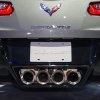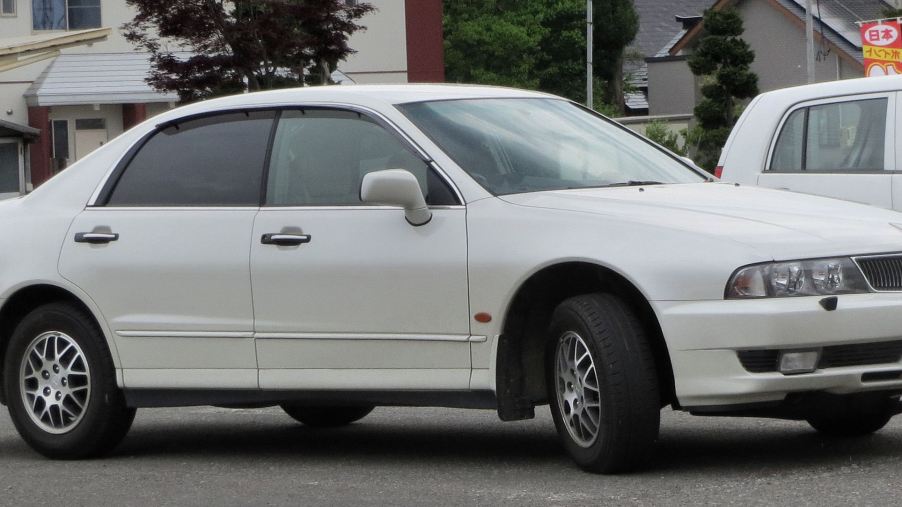
This Japanese Automaker Create the First Adaptive Cruise Control System
Adaptive Cruise Control (sometimes referred to as ACC) has become a pillar in automotive features these days. You can weed out the budget cars by seeing which vehicles have it and which vehicles don’t. The top trim 2022 Nissan Sentra, which costs just $18,540, features adaptive cruise control (even if it’s optional). But this once highly luxurious feature was first conceived by none other than Mitsubishi.
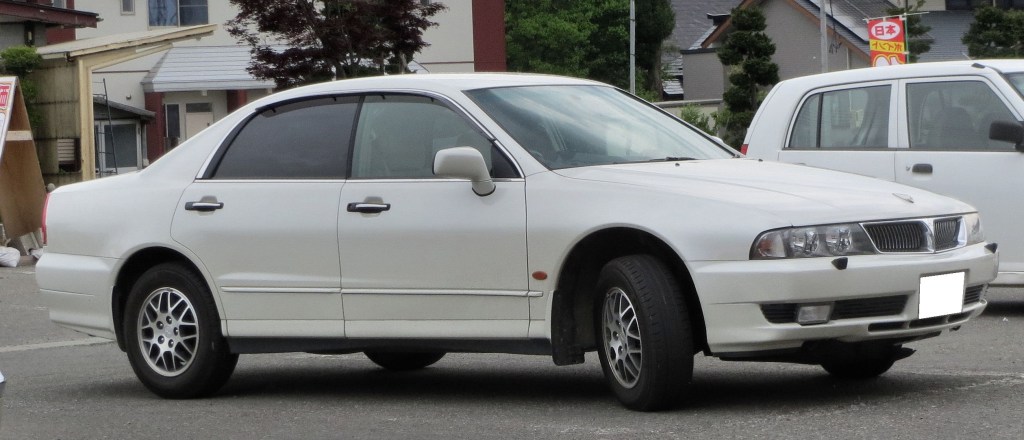
The Mitsubishi Diamante introduced ACC for production cars
Released in 1995, the Mitsubishi Diamante featured the earliest version of Adaptive Cruise Control. There were others that could maintain a certain speed regardless of terrain or environment, but they wouldn’t slow the car down to prevent accidents. The Diamante, meanwhile, used lidar systems to detect the car ahead.
There was one camera on the front bumper and a smaller one mounted to the rearview mirror which, together, determined the distance between the Mitsubishi and other cars. However, while the Diamante did have an ACC system onboard, it was (unsurprisingly) primitive.
The shortcomings of the Mitsubishi Diamante’s Adaptive Cruise Control
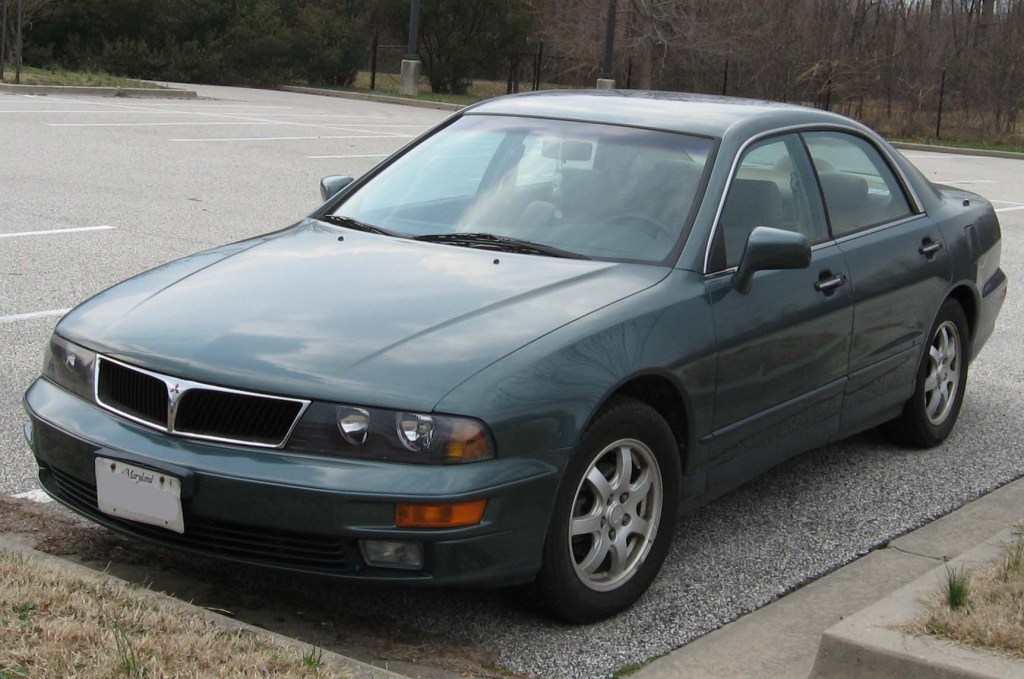
Adaptive Cruise Control systems on today’s cars use the brakes to slow the vehicle down, but the Mitsubishi Diamante couldn’t do that. Instead, the car would either ease off the accelerator or shift to a lower gear. And if it detected that an impact was imminent, all it could do was alert the driver with lights and sounds.
Then there’s the lidar system, which wasn’t great in and of itself. See, lidar uses light to determine distance, whereas traditional radar uses radio waves. That means that, if it’s cloudy or rainy, a lidar system simply won’t work. Radar, on the other hand, can function in any weather.
And on top of all that, the Diamante’s lidar ACC couldn’t operate at speeds over 67 mph, meaning that highway usage was impossible. For those reasons, Mitsubishi decided that the system should only be used on Japanese market cars. Their speeds were lower and traffic denser, which allowed the low-speed system to function optimally.
Which car had the first “real” Adaptive Cruise Control system?
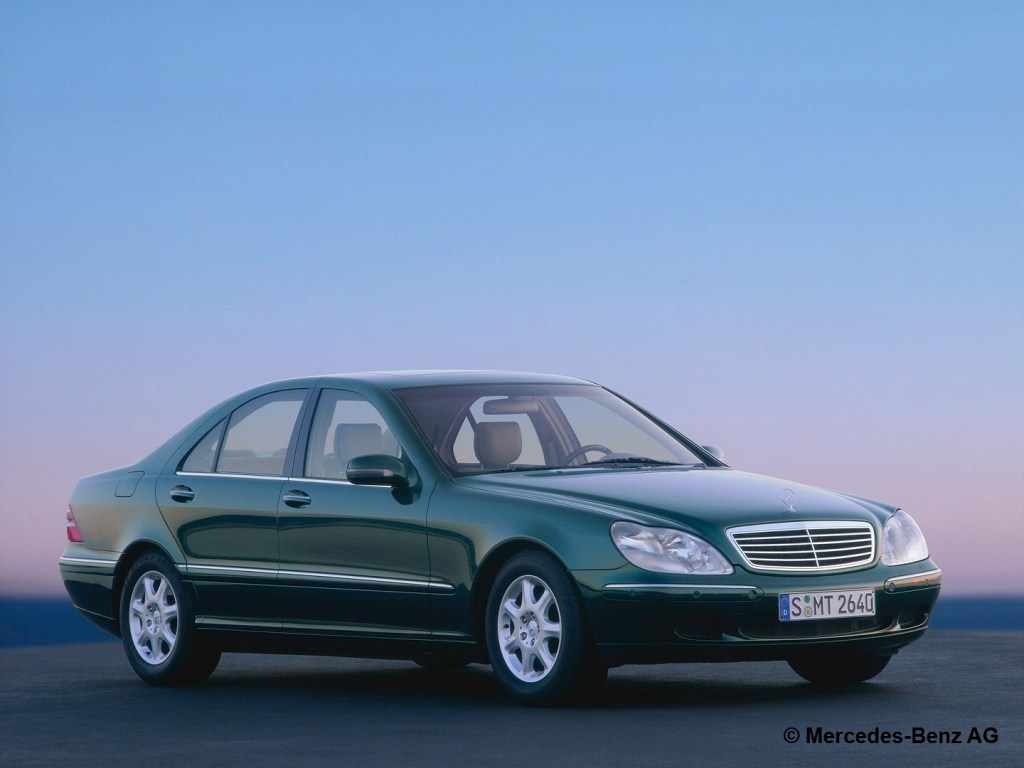
While the Mistubishi Diamante sported the first Adaptive Cruise Control system, it doesn’t line up with today’s definition of the feature. The first practical ACC goes to the Mercedes S-Class, but more specifically, the W220 model revealed in 1998. Unlike Mitsubishi’s system, the Mercedes Distronic ACC could control the brakes and operate at higher speeds.
Mercedes also opted to use radar systems rather than lidar. Not only was it cheaper to obtain, but it worked in inclement conditions as well.
Considering this once was a luxury feature, it makes sense that Mercedes fine-tuned the technology. But Mitsubishi takes the win on this one, having developed the technology in 1992 (a limited version that could only detect impacts, not slow the car down), before fully implementing it on their Diamante in 1995.


